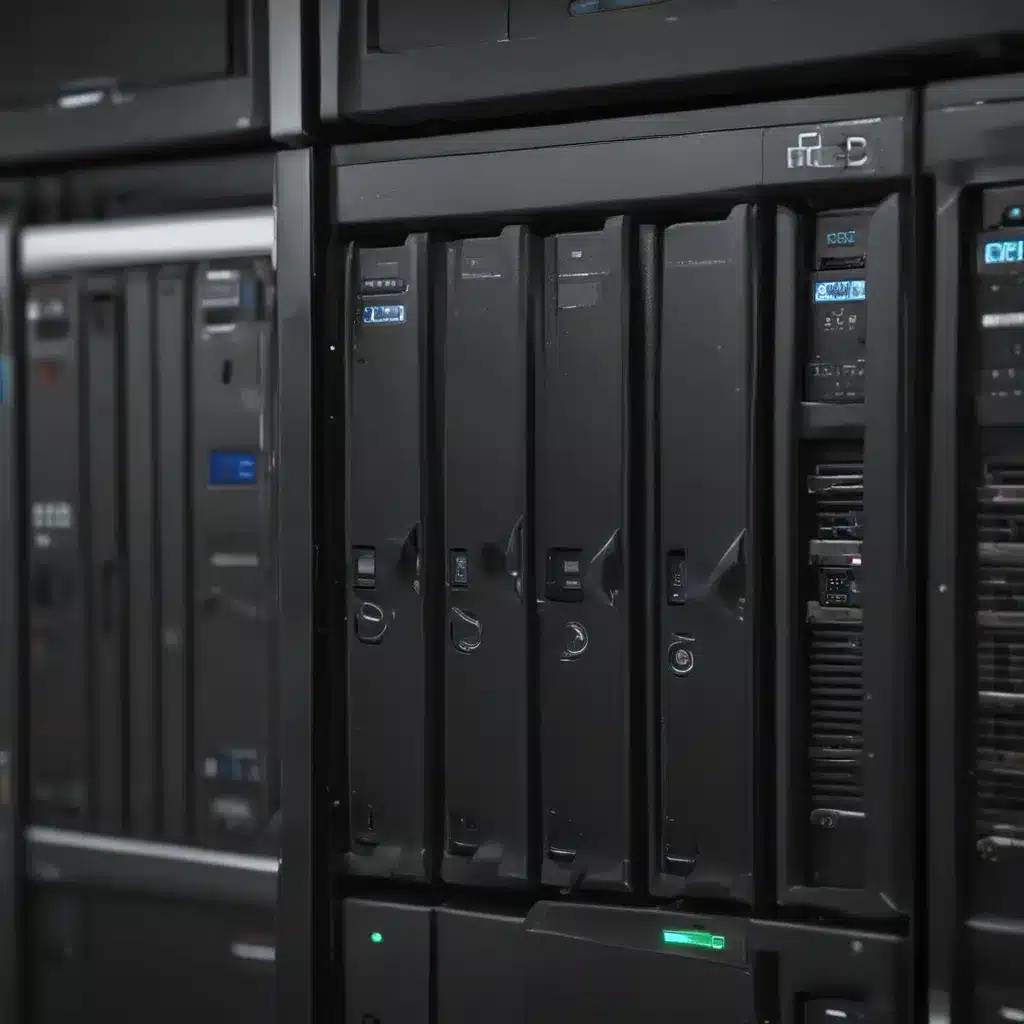Introduction
Recently, I uncovered a disturbing development in the world of cybersecurity. FireEye, a major cybersecurity firm, has revealed a massive, state-sponsored cyber espionage operation targeting governments and corporations across Southeast Asia. This extensive hacking campaign has been ongoing since at least 2013, making it one of the largest and longest-running cyber espionage efforts uncovered to date. As a cybersecurity professional, uncovering the details of this operation provides critical insights into the evolving tactics and techniques used by sophisticated threat actors. In this article, I will provide an in-depth analysis of FireEye’s findings, discuss the implications of this news, and outline defensive strategies organizations can take to protect themselves.
Overview of the Cyber Espionage Operation
According to FireEye, this far-reaching cyber espionage effort is being conducted by a suspected Chinese threat group dubbed “APT41.” The hackers have targeted a wide range of industries across multiple Southeast Asian countries, including Malaysia, Vietnam, the Philippines, Indonesia, Thailand, Myanmar, and Singapore.
Specifically, APT41 has targeted government entities, telecommunications providers, travel services, and high-tech companies. The threat group is seeking to gain access to sensitive information and intellectual property. Based on the nature of the organizations targeted, it appears espionage and surveillance are the primary motivations behind this hacking campaign.
Tactics, Techniques, and Procedures
APT41 relies on tried-and-true tactics to infect victims and establish persistent access. Initial access is gained using spear-phishing emails containing malicious attachments or links to compromise legitimate websites. Once a device is infected, the hackers deploy sophisticated malware to expand access and evade detection.
Specific malware families associated with APT41 include:
- SHIPSHAPE – A remote access trojan (RAT) that allows the attackers to remotely control infected devices.
- FEATHERWEIGHT – A custom backdoor that uses DNS tunneling for command and control.
- FLASHFLOOD – A tool that automatically obtains valid login credentials from compromised devices.
The threat actors are systematic, patient, and persistent. They will probe networks over the course of months looking for ways to traverse from initial access to high-value data. This includes enumerating Active Directory environments, stealing credentials, and moving laterally between systems.
Implications of the Cyber Espionage Discovery
The implications of FireEye’s findings are sobering. This cyber espionage campaign further illustrates the boldness and sophistication of China-based threat actors. Despite being tracked for years, APT41 continues to operate with seeming impunity. Their success infiltrating high-value targets across an entire region demonstrates how vulnerable organizations are to targeted attacks.
For Southeast Asia, this news confirms the area’s emergence as a prime target for Chinese cyberspies. Sensitive government data, intellectual property, and private communications are all at risk. The economic prosperity and competitiveness of Southeast Asian countries depends on better securing critical infrastructure and sensitive information from compromise by foreign adversaries.
More broadly, this case highlights the growing threat of nation-state actors. Cyber espionage enables countries to gain economic and political advantages outside of open conflict. Hacking provides access to sensitive data that can inform trade negotiations, shape geopolitical maneuvering, and even influence elections. As international tensions rise, cyberspace will become increasingly militarized and unstable.
Recommended Defensive Measures
To guard against targeted attacks like those conducted by APT41, organizations should adopt a defense-in-depth approach:
- Implement robust email security to block phishing lures and malware delivery.
- Use endpoint detection and response (EDR) solutions to monitor for intrusions and quickly contain threats.
- Employ multi-factor authentication across all remote access channels.
- Prioritize patching and upgrades to eliminate exploitatable vulnerabilities.
- Conduct regular penetration testing and red team exercises to validate defenses.
- Provide cybersecurity awareness training to educate end users on potential risks.
- Utilize threat intelligence to understand the tactics, techniques, and procedures of known adversaries.
With constant vigilance and by leveraging the latest security technologies, organizations can minimize their exposure to sophisticated nation-state hackers. Although the threat can never be eliminated, a proactive cyber defense posture can frustrate and deter determined adversaries.
Conclusion
FireEye’s uncovering of a vast cyber espionage campaign targeting Southeast Asia offers a sobering reminder of the threats facing governments, businesses, and individuals worldwide. To contend with the rising tide of cyberattacks, we must share intelligence, strengthen partnerships, and adopt a collective defense. By working together and raising the costs for adversaries, we can better secure our digital future. However, success will depend on sustained effort, open collaboration, and substantial investment. We all have a role to play in building a more resilient digital ecosystem.













